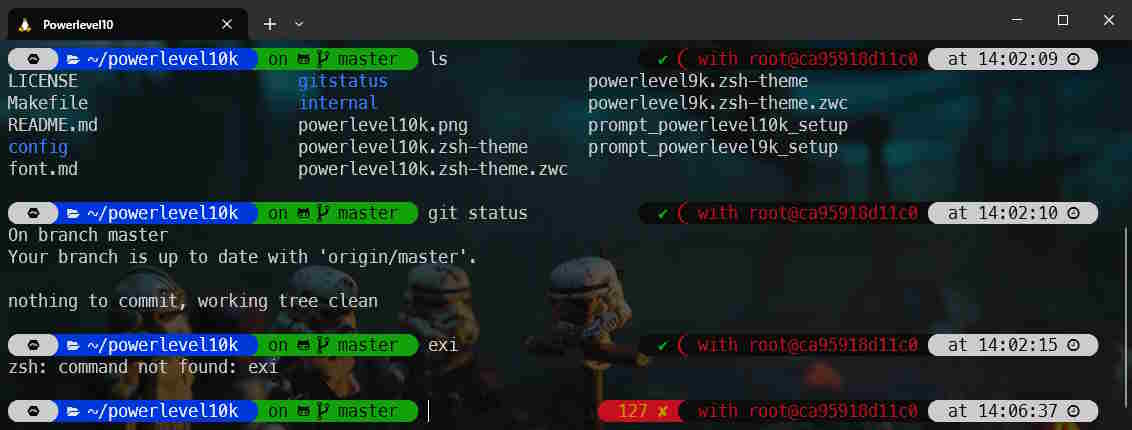
Like me, you've definitely abandoned Microsoft Word, PowerPoint and friends and do everything in Markdown. Like me, you use the same markdown file to generate your documentation in html, pdf, docx, pptx, revealjs, ... as required situation by situation.
My personal use case is the following one: I've a single, sometimes big, readme.md file for the documentation of a tool I've created. In this document, I could display f.i. tables containing several columns that could be wide. This won't be a problem if I display the documentation as an HTML document, since we have a horizontal scrollbar in the browser to navigate from left to right. But when I generate a PDF, the table will explode the width of my PDF page and the result will be awful.
Same idea when, if my output is an HTML page, I can easily display a listing of a few dozen lines of my source code, for example, to illustrate a feature. On the other hand, if I display it as a slideshow, this will be counterproductive, since the slide will be huge and not very effective.
And, if my goal is to generate a slideshow, the last part of my documentation will be a Thank you for listening! Do you have any questions? chapter. And that one should certainly not be part of the docx / pdf / html output. Just for the revealjs display.






